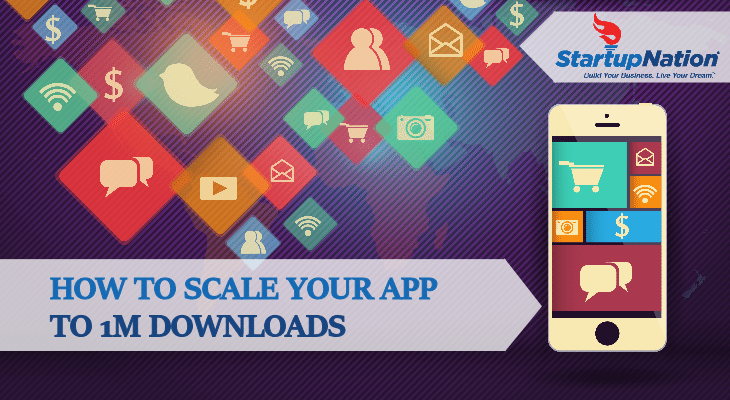Developing and launching your startup app is a dream come true. At that point, you know you have joined the big leagues. Of course, if your mobile app is truly helpful, users will organically discover it. After all, “a great product sells itself.”
On the flip side, you’ll hardly generate a lot of users if you stand around and wait for them to come to you. It doesn’t work that way. You need to work hard to acquire new users.
How long does it take to reach 1 million app users? That depends on several factors. It could happen in six months, but it’s common to find startups and even popular brands (e.g., Uber, AirBnB and more), hitting this benchmark in about 12 months.
Take this three-step approach outlined below to effectively scale your app to 1 million users.
Rework your ad copy
It’s no secret that paid advertising, such as influencer marketing, can drive a tremendous number of users. However, to consistently scale an influencer marketing campaign, you must rework your ad copy. While this is not a rule, it’s a strategic step to help you scale your app to 1 million users.
Your ad copy should mirror the visitor’s end goal and offer a great deal.
Of course, you’ll be iterating your product in the process, but that’s just one aspect. You also need to iterate your acquisition channel. In other words, if your ad copy isn’t performing well in one channel, then try other channels like Facebook, LinkedIn or Instagram.
Sponsored: Visit our Dell partner page for discounts and exclusive offers
Don’t let diminishing returns fool you into thinking that you’ve saturated the market. In reality, you have only dipped your foot into the app space. Let’s assume that the market size for your app is 120 million users, and you’ve only acquired less than a million users: do you still have potential to reach more users?
Of course you do.
The app, Drunk Mode, is a good example of an app that took a stellar approach in reworking its ad copy and reached over 1 million users. With a basic landing page to start, the company reworked its copy and instantly got more users.
Therefore, your ad copy should be compelling in order to attract new users, as well as retain current users.
For the previously mentioned app, retention was the company’s main focus when it first started. The company improved its user interface (UI), and this consequently led to an increase in user retention.
Related: 7 Steps to Developing a Startup App
Keep it organic
Now that you’ve developed and launched your app, what else can you do beyond advertising to scale to 1 million users?
There are well over 4.5 million apps in both the Apple App Store and Google Play Store, generating an estimated cumulative revenue of $324 billion in 2016 to 2020.
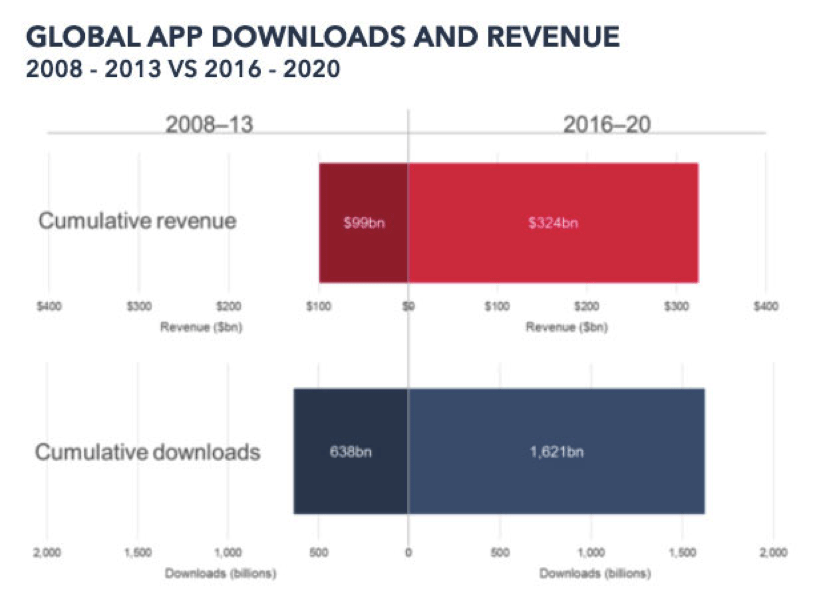
Getting on the front page of App stores will net you hundreds of thousands of downloads and users quickly, but will it ever happen?
Why not use organic means to convert viewers into users?
Start by optimizing your creatives, such as icons, screenshots, descriptions and more. Remember that these are a user’s first look at what your app actually looks like. All the promotions in the world will do you no good if your creatives are lackluster.
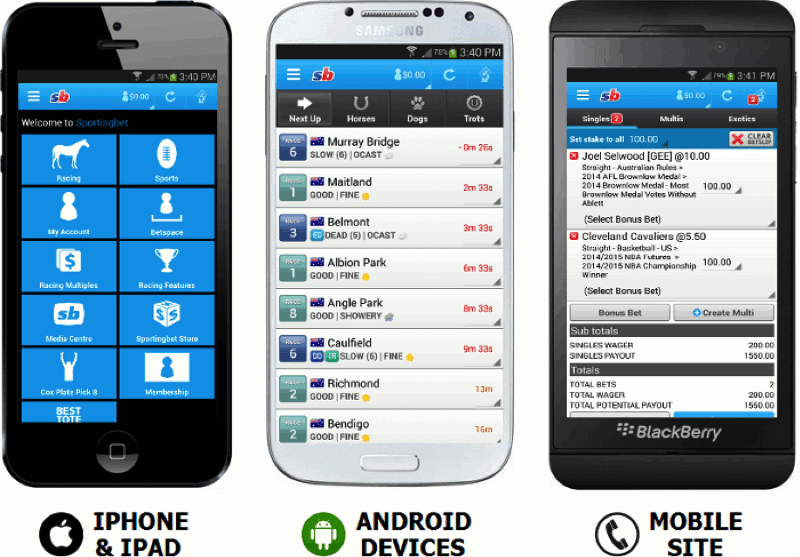
More so, use your primary keywords and include text callouts in your creatives. This is a great way to catch the attention of both users and Google’s Review Team. You never can tell if the team will feature your app at the top in its category.
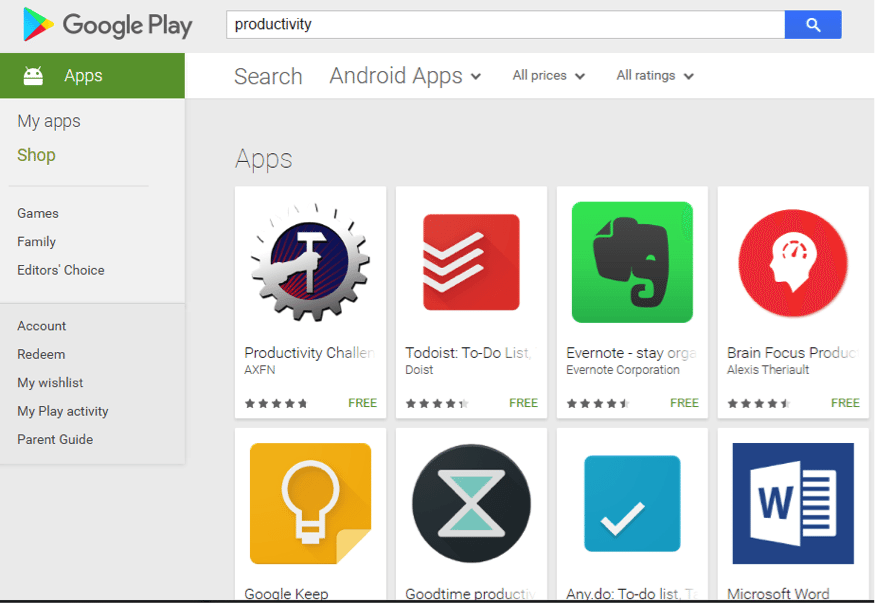
You can boost your app’s organic downloads and users by optimizing the app name, keywords and description. Thus, you’ll make it easier for people to find your app when they search for the keywords (or its variations) you’re targeting, both in the app store or via search engines.
In a survey conducted by MobileDevHQ, 11 percent of U.S. iPhone users found the last app they downloaded when they read about it on the web, while 47 percent searched for it in the app store.
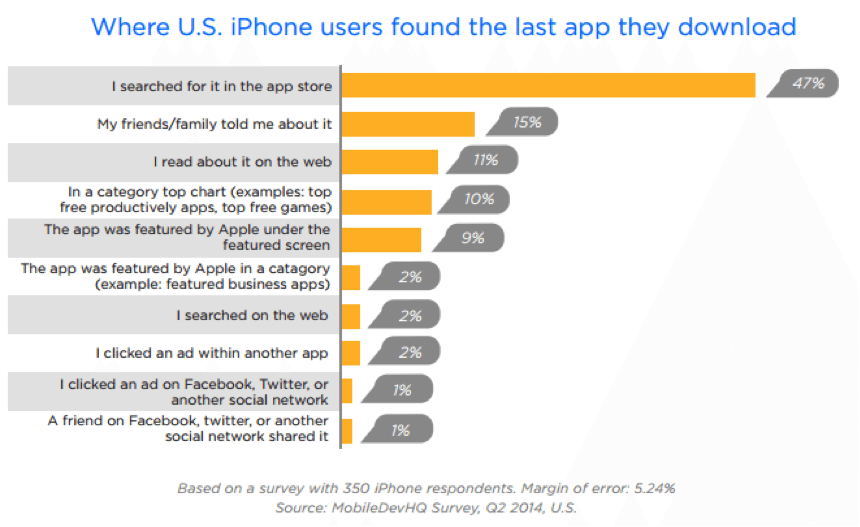
At a glance, you can see that organic sources beat paid channels by a long shot. Therefore, connect with influencers on social networks, pitch guest posts and target long-tail keywords that your target audience is searching for.
Use a large army of influencers
If you effectively deploy both paid and organic user acquisition channels for your app, half the battle of reaching millions of users is already won. The next piece of the puzzle is to tap into the potentials of influencers.
Are you already doing this?
Influencer marketing currently generates $6 ROI for every $1 spent, according to AdWeek.
The results keep pouring in. Yet, the potentials of influencer marketing are still underutilized. Imagine: Lord and Taylor Clothing Line got 50 Instagram influencers to wear the same dress in a day. Guess what? That dress sold out within the following week. The same can happen with mobile apps, as well.
Sadly, you can’t just launch your app, contact influencers and convince them to promote your app. Most of them will not respond to your email. You need a proven strategy, which covers how you’ll research influencers, incentives (what to offer influencers), how to get their email address, tools, resources and when to contact them.
Once you’re equipped with all of these, then you can consider influencer marketing.
Related: Sign up to receive the StartupNation newsletter!
Scale your startup app summary
No part of your app marketing strategy should be ignored. Paid app ads are useful, especially for building initial traction. Organic channels are equally great for establishing your brand and increasing app user base.
Throughout every step of the process, you need influencers to support you. They can amplify your content reach, help you convince users to download your app and even make in-app purchases.
Have a clear goal, run with it and don’t look back. You’ll ultimately scale your app to 1 million dedicated users.


